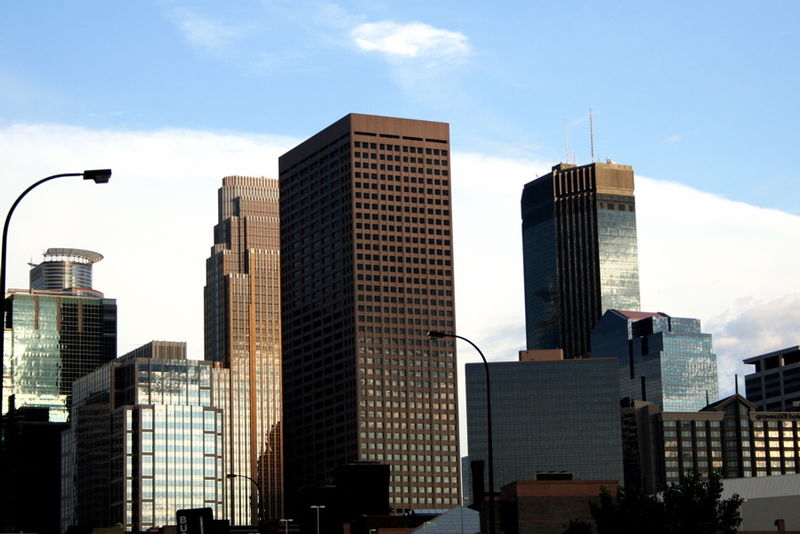Three Big Trends For The 2020 S
As we kick off the 2020's, BestPlaces President Bert Sperling looks back on the past decade and offers three key predictions about the next ten years.
1. The fading glamour of the Superstar cities
Since 2000, the largest cities in the United States have been engines of prosperity but lately they have been losing their luster. They have been home to the most successful and prosperous companies and workers in the country, which has attracted an outsized share of investment. Not surprisingly, this flood of capital has driven up home prices and other costs of living to the point of unaffordability in 2019.
Now the next logical step is unfolding. An increasing number of people are realizing what their life could be like without spending 50% of their income on housing and suffering through a four-hour daily commute. Cities such as New York and San Francisco are already losing population and that trend will accelerate.
People are increasingly finding is that smaller cities, such as Denver, Austin, Minneapolis, and Nashville, have much to offer. Watch these cities grow at a faster rate as they become an accepted alternative to the mega-cities by well-educated high-earning young workers.
In the new decade, watch for these superstar cities to trim jobs, population and housing value as people look for a more affordable and sustainable lifestyle.

Nashville, TN
2. Fewer people have been moving. That's going to change.
Prior to 2000, 3.0% of Americans moved from one state to another each year. With declining job prospects and income, the 2000 recession further reduced their ability and willingness to risk a move. The 2008 recession only reinforced this downward trend to be point that currently only 1.5% of Americans now move each year to another state, or half the rate of only twenty years ago.
But thanks to new growth in mid-size cities, more will find a reason to move. The mid-size cities will increasingly offer more opportunities for those who seek a better quality of life while still focusing on advancing their careers.
Economic forces are the most powerful and immediate drivers of change, and today the economics of living are turning against the overcrowding, congestion, unaffordability and grinding pace of our largest cities. Forced out by high costs and searching for a better lifestyle, people are finding it in smaller cities. This migration will accelerate because the newcomers are bringing their skills and preferences to their new homes, reshaping them in the same way that gentrification works on a local level.
3. The rise of the "Goldilocks Cities"
It used to be that it was common knowledge that you needed to live in one of the U.S. mega-metros such as New York, Los Angeles or San Francisco to enjoy a hip urban lifestyle and supercharge your career.
But as people are increasingly being forced out of the largest cities in the U.S., they're taking their talent, energy and ideas to smaller cities that they would not have been considered just ten years ago. That's because not long ago, these smaller cities didn't have the economic and cultural infrastructure to match the superstar cities.
Now there's a healthy supply of interesting restaurants, shops, activities and even high-tech jobs in metro areas of 1-3 million. This change will continue and even accelerate as new development increases their appeal and draws more new residents.
Part of the appeal of these cities is the opportunity to own a home, getting in the real estate market early before the prices spiral out of reach for average families.
Slowly, the "common knowledge" is changing as the idea of moving to these smaller places is becoming less radical and more acceptable.
Here are some places I've identified as Goldilocks Cities, with a better balance of "just right" - Austin, Minneapolis, Portland (Oregon and Maine), Nashville, Asheville, Sarasota, Pittsburgh, Oklahoma City, Omaha, Denver, Cincinnati, Indianapolis, Milwaukee, and Boise.

Minneapolis